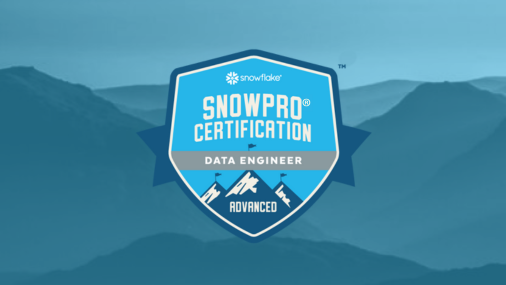SnowPro® Advanced: Data Engineer
The SnowPro Advanced: Data Engineer Certification will test advanced knowledge and skills used to apply comprehensive data engineering principles using Snowflake.

SNOWPRO® ADVANCED: DATA ENGINEER OVERVIEW
The SnowPro® Advanced: Data Engineer Certification will test advanced knowledge and skills used to apply comprehensive data engineering principles using Snowflake. This certification will test the ability to:
- •Source data from Data Lakes, APIs, and on-premises
- •Transform, replicate, and share data across cloud platforms
- •Design end-to-end near real-time streams
- •Design scalable compute solutions for Data Engineer workloads
- •Evaluate performance metrics
SNOWPRO ADVANCED: DATA ENGINEER CANDIDATE
2 + years of hands-on Snowflake Practitioner experience in a Data Engineering role.
Target Audience:
- •Data Engineers
- •Software Engineers
SnowPro FAQs
Frequently Asked Questions
Learning Tracks
Snowflake Learning Journey
You know what you’re looking for, and we have curated paths to help you achieve whatever your learning goals. From skill building badges, to preparation for the SnowPro core certifications we have you covered.
Snowflake Education Services includes Instructor-Led Training, SnowPro Certifications, and this online, on-demand educational courses website. Our on-demand courses are branded as "Snowflake University." Snowflake University (aka Uni) offers a badge program called Hands-On Essentials as well as other courses.
University
CoursesLearning TracksCertifications